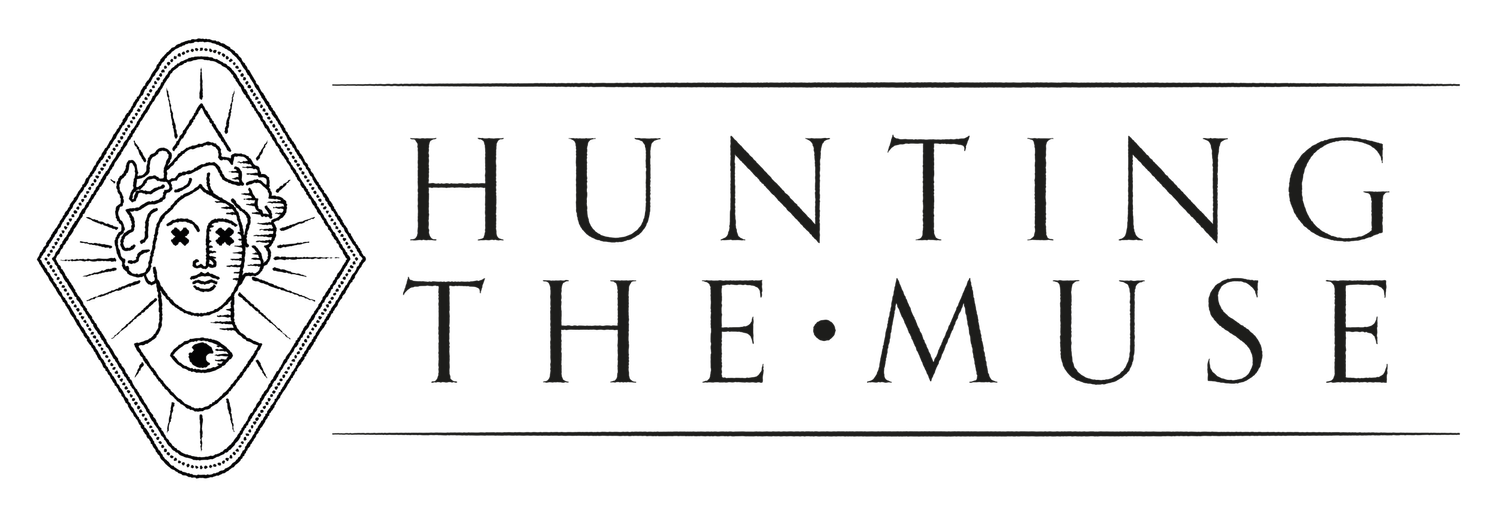How ‘sleeping on it’ can improve your decision-making
I’m sure it’s happened to you: all day, you’ve had one problem that won’t go away. No matter how much sweat and mental muscle you pour into it, you can’t get to an answer. Then you go to sleep, completely frustrated, and wake up with the perfect solution at 3.30 am.
Ancient civilizations used to believe that our sleep, and our dreams within them, contained messages from deities and the spirits of the dead. Much later on, Sigmund Freud interpreted that they reveal our innermost desires. But more recent research reveals a less romantic idea: that we consolidate experiential data and process emotions throughout the day, and our dreams are a dramatized residue.
So if our mind is ‘asleep’, how do we seem to get the answers from absolutely nowhere? And can we train ourselves to use the processing power of sleep to answer our most important questions?
An exercise in switching off
Josh Waitzkin, the author of The Art of Learning, claims that regularly tapping into the unconscious can help us solve our life’s biggest questions.
Josh recommends a decision-making tactic called the MIQ (Most Important Question) in which takes the advice to ‘sleep on it’ quite literally.
He wakes up every morning and immediately dives into the exercise, which he claims opens the channel between the conscious and unconscious to land on new solutions.
His method is as follows:
End your day thinking about a specific question or problem. It could be about your life goals, your work, or your relationships. You have to “feel” the problem and fret about it until it becomes emotionally important to you.
Wake up, and before checking your phone, brushing your teeth, and cooking breakfast (in other words, pre-input), brainstorm on the question. Write freely without structure.
This could take one day or multiple weeks, but eventually, the mind will integrate the problem into your overall mental structure. When that happens you will get answers to your MIQ within your brainstorm session.
It’s also possible to use a version of this exercise multiple times a day, such as during short walks or phone-less trips to the bathroom. The important thing is to let go of the number of inputs that demand attention and energy.
Regarding his sleep tactic, Josh says:
“It’s really breathtaking what happens. You get into a rhythm of waking up with the solution. And you get used to, after doing it multiple times a day, having the sort of miraculous realizations in your creative process you might have had once every 2–3 months otherwise.”
Accessing the infinite?
Some of history's most notable figures have used similar kinds of ‘buffer space’ exercises to overcome obstacles.
Ernest Hemingway used to end every writing session leaving something left to write. Marcelo Garcia, one of the greatest Brazilian Jiu-Jitsu competitors to ever live, would sleep minutes before competing in the final of a world championship tournament.
When confronted with a very challenging problem Thomas Edison would take a nap holding steel balls and would drop them when he entered the paralysis of REM sleep, opening the channel between the conscious and unconscious.
This transitional state is also referred to as hypnagogia; a type of ‘threshold consciousness’ that also plays host to hallucinations, sleep paralysis, and lucid dreaming. When I think of this state, I’m reminded of the ideas in Reality Transurfing: one of Eastern Europe’s most popular works of philosophy, by Russian physicist Vadim Zealand.
The concepts in this book describe a model of seeing and controlling the world around you in which taking what you want from life is ‘as simple as taking the post from your letterbox’.
Throughout the book, Zealand acknowledges lucid dreaming as a strategy of practicing life control, particularly since the dream world is a realm where even the most absurd is possible. ‘In a dream,’ he writes, ‘the rational mind dozes whilst the subconscious can easily anticipate all sorts of unlikely events.’
It may be farfetched, but I can’t help but feel like Zealand was onto something when he makes parallels between regaining control of lucid dreams and regaining control in your life. If in your sleep you can process even the most absurd of ideas, then the answers to your most complex questions may be rattling around somewhere in there too.
Putting it into practice
I’m fascinated by this idea and have tried it when confronted with issues over the past few years. I’ve used it to question whether certain relationships were serving me in positive ways. I’d wake up at 4 am with exact lines of content for projects that had been troubling me at work. I’d also use it to question what skills I wanted to develop.
I’m quite sure that 80% of what I write down is gibberish. After all, I am half asleep. But the other 20% gives me insights that I would not otherwise have thought of.
If you’re plagued with questions that you can’t focus on while under life’s constant distractions, try asking your most important question before a good night’s sleep. You could just wake up with the answers you’ve been waiting for.


